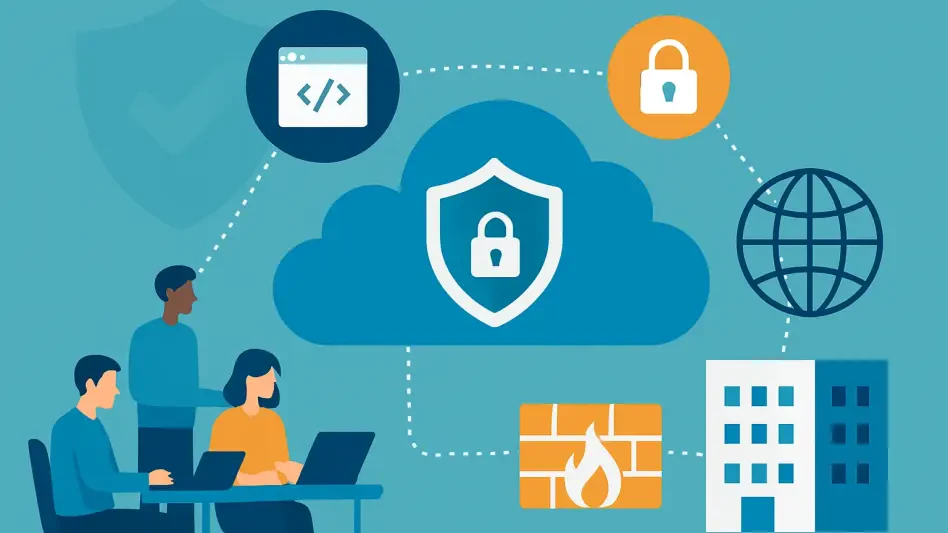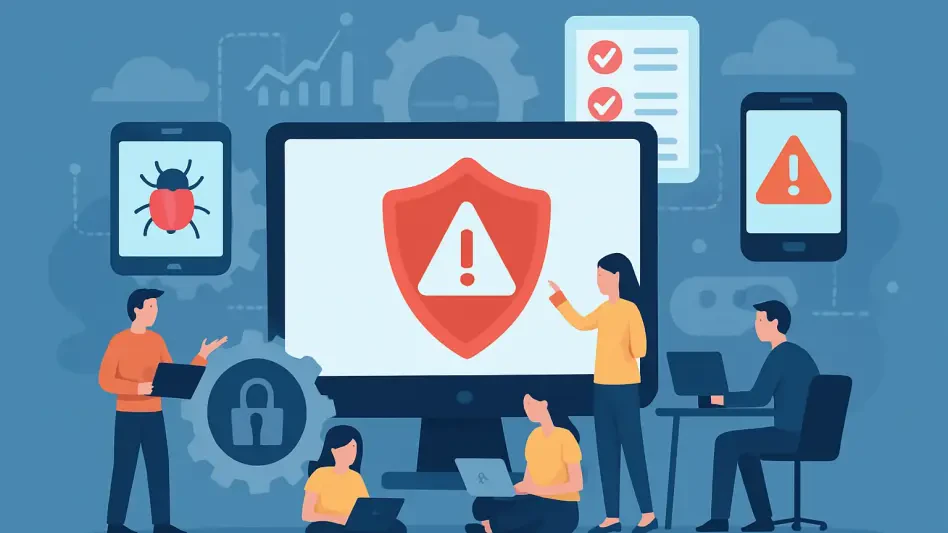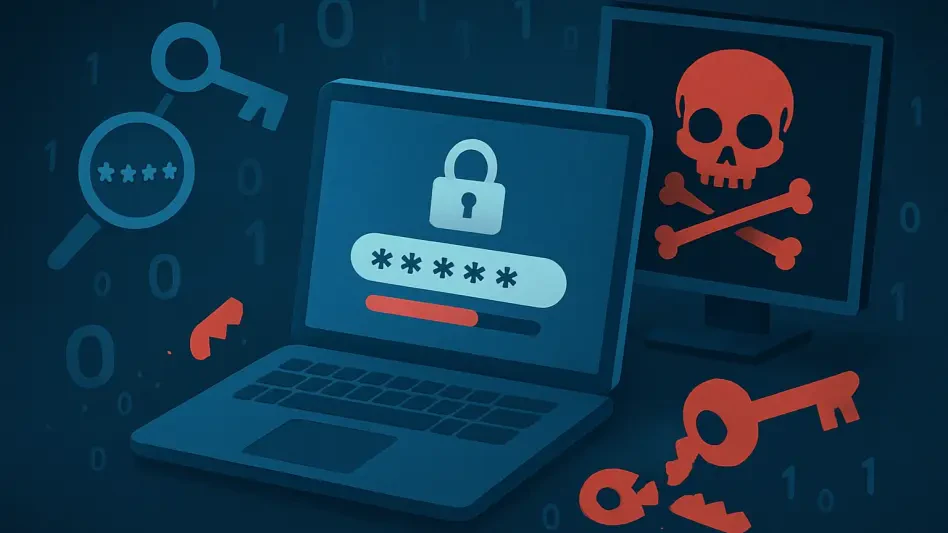Wireshark Foundation has rolled out the much-anticipated Wireshark 4.4.4 update, addressing a significant high-severity vulnerability that posed a potential threat to network security by triggering a denial-of-service (DoS) attack. This critical flaw, identified as CVE-2025-1492, specifically impacts the Bundle Protocol and CBOR dissectors, causing crashes, infinite loops, and memory leaks when processing specially crafted network traffic.
High-Severity Vulnerability Fixed
Details of the Vulnerability
The vulnerability in question, rated 7.8 on the CVSS v3.1 scale, affects Wireshark versions 4.4.0 to 4.4.3 and 4.2.0 to 4.2.10, making it imperative for users to upgrade to the latest version. The flaw was discovered through automated fuzz testing, a method renowned for its ability to uncover instabilities by injecting invalid or random data into the software. Without requiring authentication or user interaction beyond packet injection, this vulnerability could disrupt network troubleshooting and diagnostics. The potential for more significant disruptions in network services underscores the importance of this update.
This vulnerability could lead not only to network diagnostics failures but also to broader service interruptions if exploited. Such an exploit could pave the way for malicious actors to cripple network operations, delaying critical network analysis and remediation efforts. The urgency for administrators and network professionals to upgrade cannot be overstated, especially considering the simplicity of exploitation in both local and remote network environments.
Historical Context and Related Issues
Wireshark is no stranger to dissector-related vulnerabilities, with its history marked by similar issues in Bluetooth, Radiotap, and AVDTP dissectors. These vulnerabilities allowed attackers to crash the software by sending malformed packets or trace files, thereby exploiting the tool’s critical role in network analysis. The current update also addresses 13 additional bugs, tackling issues such as interface regressions, DNS query handling errors, and JA4 fingerprint inaccuracies. These fixes further enhance the stability and reliability of Wireshark, reinforcing its standing as an indispensable tool for network professionals.
The proactive approach in fixing these vulnerabilities signifies Wireshark’s commitment to providing a robust and secure platform for network traffic analysis. The continuous identification and rectification of such issues are vital for maintaining the trust and reliance placed upon the tool by numerous enterprises and network administrators worldwide. This history of responsiveness to vulnerabilities ensures that Wireshark remains up-to-date with evolving cybersecurity challenges.
Importance for Network Security
Urgency for Immediate Upgrade
Users are strongly urged to upgrade to Wireshark 4.4.4 immediately, given the vulnerability’s high-severity rating and the feasibility of exploitation. The flaw requires no user interaction beyond packet injection, posing an easy avenue for attackers to exploit. This makes the update particularly crucial for enterprises that depend on Wireshark for network forensics and intrusion detection. Prolonged downtime resulting from such attacks could obscure ongoing breaches, making timely upgrades indispensable for maintaining network security.
The vulnerability’s potential to cause significant disruption emphasizes the necessity for security teams to prioritize this update. By doing so, organizations can mitigate the risk of network diagnostic interruptions and ensure the continued integrity of their network infrastructure. Adjusting automated deployment tools to include this update can help streamline the process, ensuring all systems are promptly secured.
Recommendations and Best Practices
Wireshark’s maintainers stress the importance of updating all instances to bolster dissector stability and prevent exploitation in edge-case scenarios. They also recommend validating capture files from untrusted sources and implementing network segmentation to reduce exposure to malicious traffic. Another precautionary measure includes avoiding running Wireshark with elevated privileges. Firewalls should be configured to restrict capture interfaces exclusively to authorized personnel.
These best practices align with broader cybersecurity protocols aimed at minimizing attack surfaces and safeguarding network integrity. Regular software updates, coupled with stringent access controls, form the cornerstone of a robust network defense strategy. Organizations must remain vigilant, ensuring that their systems are not only up-to-date but also configured to guard against potential vulnerabilities.
Looking Forward
Previous Improvements and Addressed Vulnerabilities
In 2024 alone, the Wireshark project resolved 15 security advisories, addressing critical issues such as infinite loops in MONGO and ZigBee TLV dissectors and crashes in HTTP3 decoding. The project has undergone significant architectural changes, including migrating to Lua 5.4 and adopting zlib-ng for faster compression, despite the introduction of some compatibility risks. These updates underscore Wireshark’s dedication to continuous improvement and adapting to emerging security challenges.
These advancements and architectural shifts highlight Wireshark’s ongoing evolution, striving to enhance performance while maintaining robustness against potential threats. The balance between incorporating new technologies and managing compatibility demonstrates the project’s commitment to providing a state-of-the-art tool for network analysis. As security landscapes evolve, Wireshark’s agility in addressing vulnerabilities and adopting new technologies ensures its relevance and reliability.
Indispensable Tool for Network Professionals
The Wireshark Foundation has released the highly anticipated Wireshark 4.4.4 update. This release addresses a significant high-severity vulnerability that previously posed a grave threat to network security by allowing denial-of-service (DoS) attacks. The identified critical flaw, known as CVE-2025-1492, critically affects the Bundle Protocol and CBOR dissectors. This flaw could lead to crashes, infinite loops, and memory leaks when processing specifically crafted network traffic. This update is crucial for ensuring the stability and security of networks relying on Wireshark for monitoring and analysis. Network administrators and cybersecurity professionals are strongly advised to update their Wireshark installation to this latest version immediately to mitigate potential risks. The Wireshark Foundation emphasizes the importance of staying up-to-date with software updates to protect against vulnerabilities that can be exploited by malicious entities.







